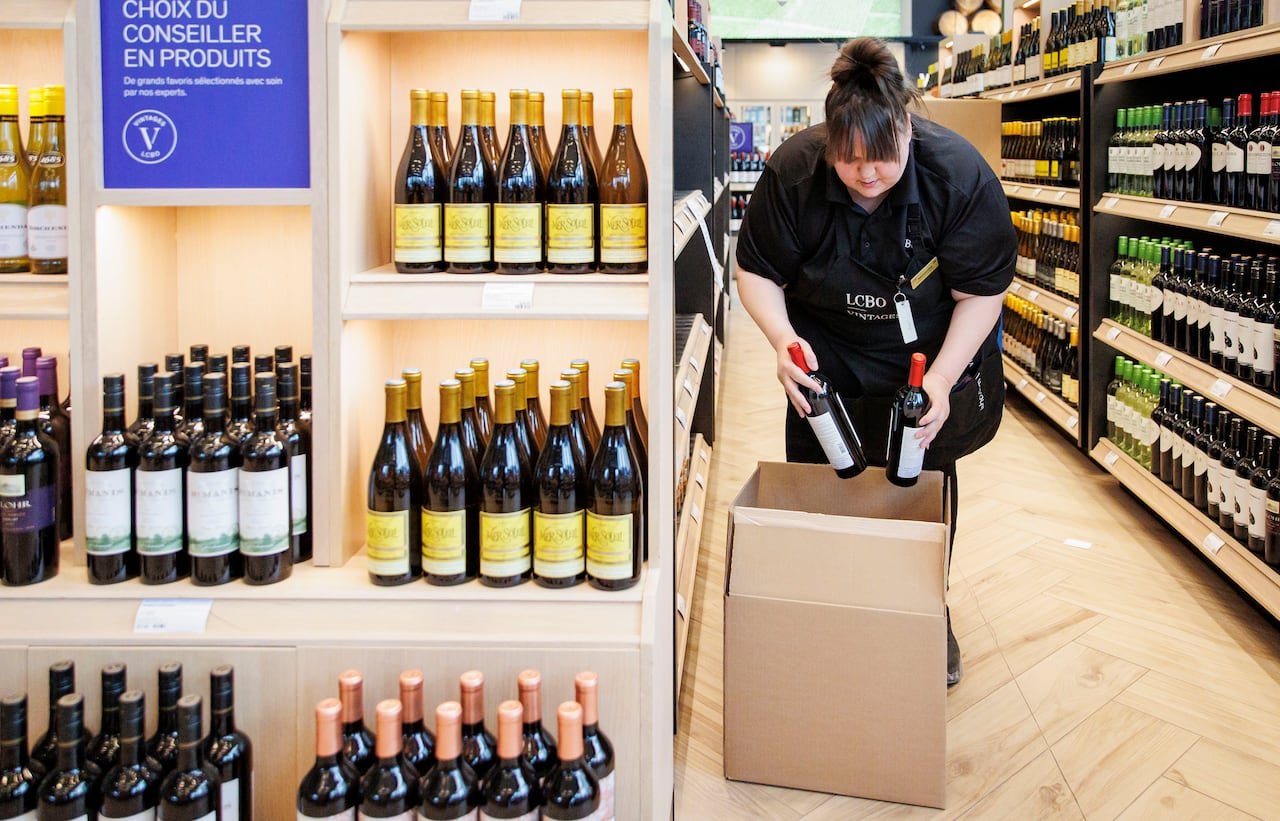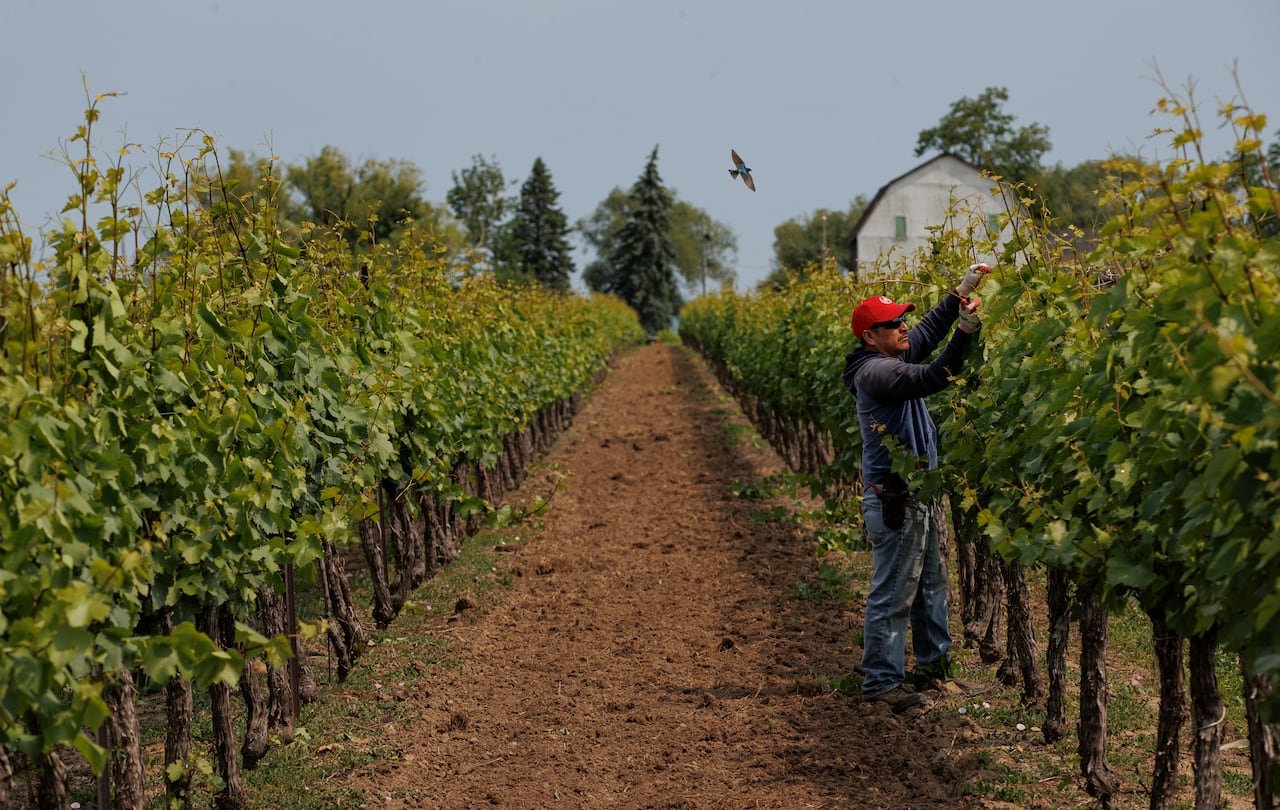
Various sectors in Canada felt the impact of the trade dispute with the United States that began earlier this year when U.S. President Donald Trump assumed office. However, one specific industry has thrived amidst this turmoil.
Due to the rise of the patriotic “Buy Canadian” movement, which has altered consumer behaviors and transformed parts of the retail sector, winemakers throughout the nation are experiencing a unique and prosperous period.
Several Canadian provinces, including Ontario, British Columbia, Quebec, and Alberta, removed U.S. alcohol products from their shelves following the imposition of 25 per cent tariffs on nearly all Canadian goods by the Trump administration in February.
The repercussions of this action were immediate.
In Alberta, after the government declared that Alberta Gaming, Liquor and Cannabis would cease accepting new shipments of U.S. liquor products in early March, wholesale wine sales from the U.S. plummeted by 55.5 per cent in the first quarter compared to the same period the previous year, as reported by AGLC. Meanwhile, in Quebec, the Société des alcools du Québec noted a 58 per cent spike in sales of domestically produced wines between March 30 and Aug. 16.

“This has been a once-in-a-lifetime opportunity,” stated Michelle Wasylyshen to Cost of Living.
Wasylyshen, the president and CEO of Ontario Craft Wineries representing over 100 producers, highlighted that wine sales across all retail platforms, from grocery stores to restaurants, have surged by 78 per cent.
She mentioned that the sales boost has led wineries to increase their workforce, invest in new equipment, and diversify their offerings, including the addition of a restaurant component.
“[Consumers] are supporting jobs, tourism, farm families, transportation, manufacturing,” noted Wasylyshen.

‘A huge uptake’ on products, winemaker says
Carolyn Hurst, co-owner of Westcott Vineyards in Ontario’s Niagara Region, emphasized the swift positive impact of the ban on U.S. alcohol products. She reported that their wine sales doubled in just six months compared to the


